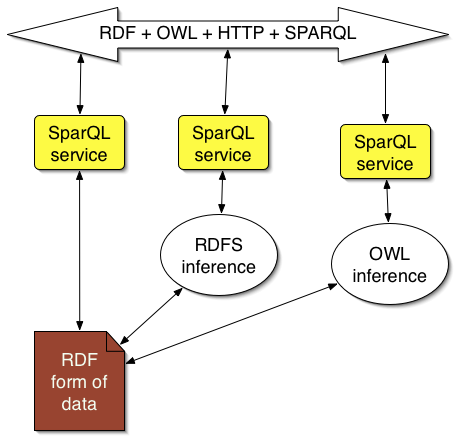
Putting existing data on the Semantic Web
Tim Berners-Lee

Decentralized Information Group
MIT Computer Science and Artificial Intelligence Laboratory

Tim Berners-Lee

Decentralized Information Group
MIT Computer Science and Artificial Intelligence Laboratory
Innovators have now made lots of exciting new systems, but:
RDF is to data what HTML is to documents
Query interface
New data applications can be built on top of RDF bus, for example:
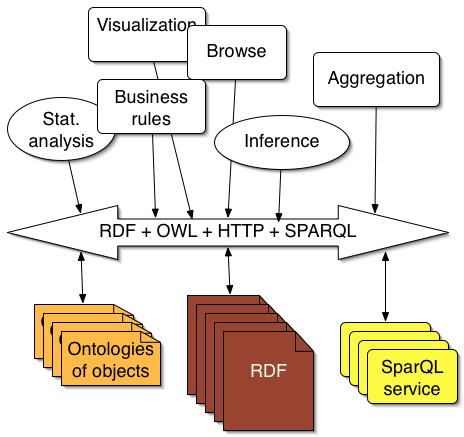
Keep your existing systems running - adapt them
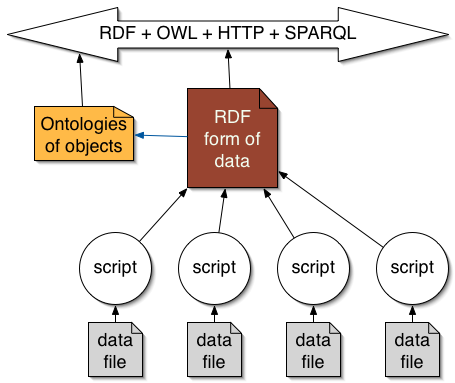
See: Wiki list of Converters To RDF
I had a list of course participants collected as an address-book group in Thunderbird.
Virtual severs actually figure stuff out as well as look up data
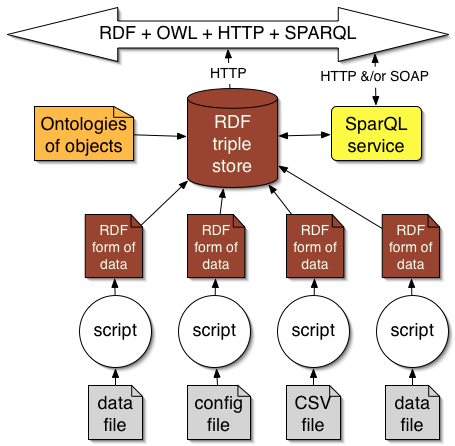
Keep your existing systems running - adapt them
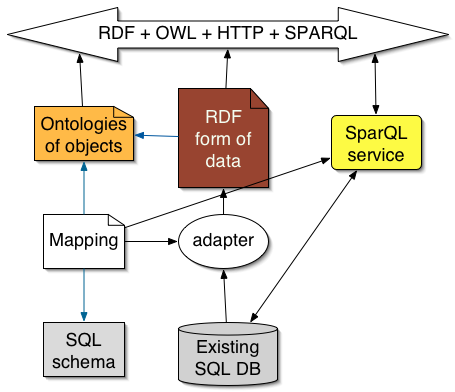
Remember- RDF on an HTTP server can always be virtual
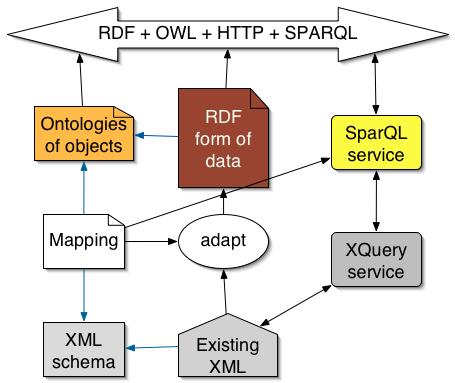
Remember- RDF on an HTTP server can always be virtual
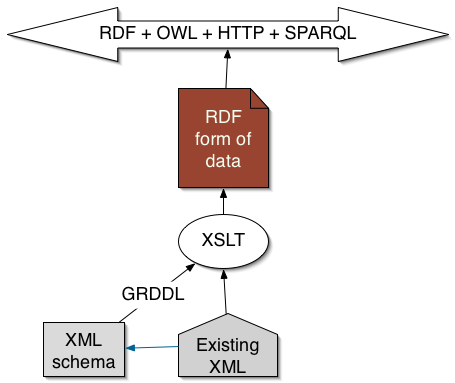
(See: GRDDL Spec.; Connolly, Practical Semantic Web Deployment with Microformats and GRDDL (slides))
Virtual severs actually figure stuff out as well as look up data
